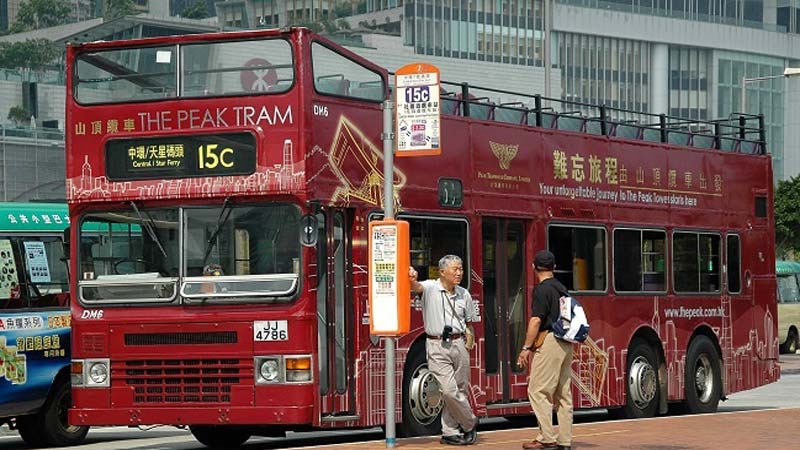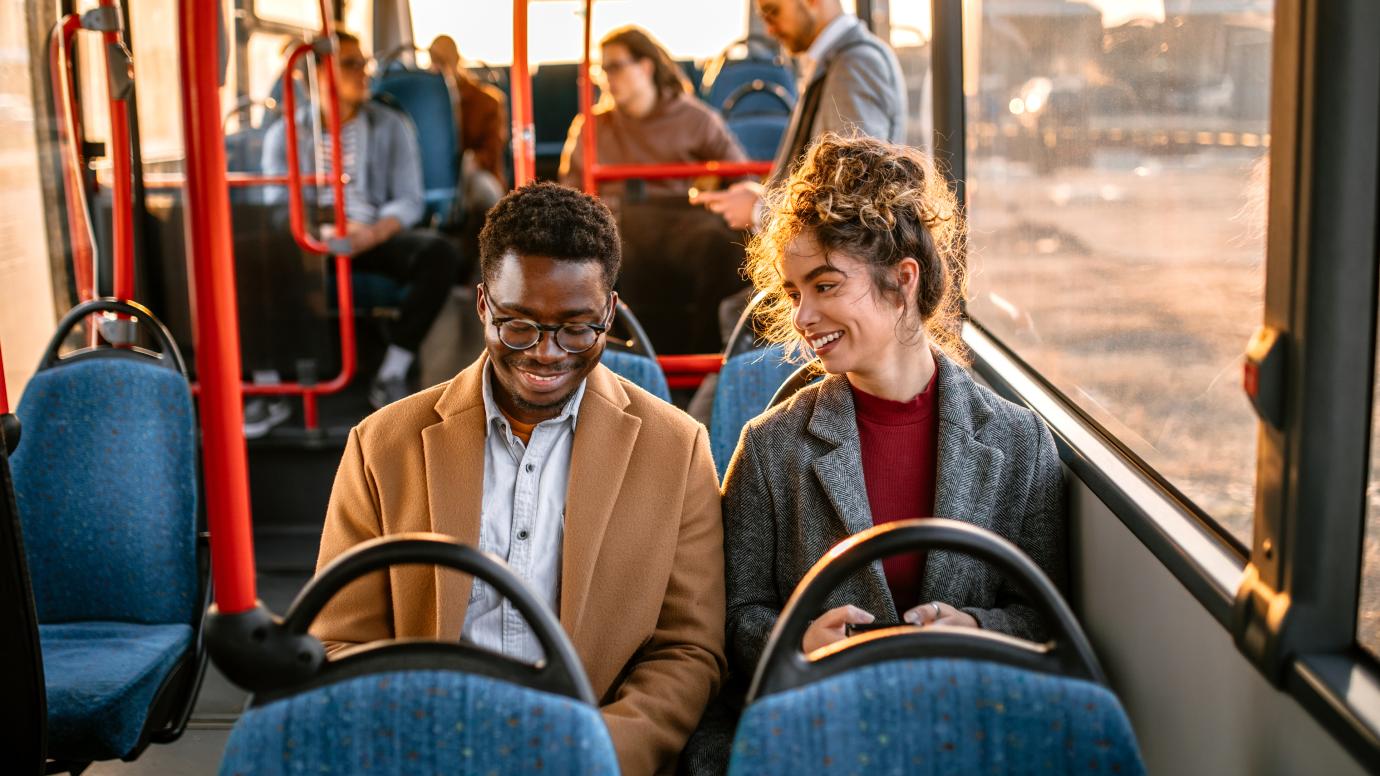
As an international student, mastering the local public transport system can be a game-changer. It not only saves money but also helps you navigate your new city efficiently, making the most of your study abroad experience. This guide will provide essential tips and insights on how to commute effectively using public transport.
1. Understanding the Public Transport System
Every city has its own unique public transport system, which may include buses, trams, trains, subways, and ferries. Here’s how to get started:
- Research Ahead: Before arriving, research the public transport options in your city. Websites, apps, and local transport authority resources can provide maps, schedules, and fare information.
- Public Transport Apps: Download local public transport apps that offer real-time updates, route planning, and service alerts. Popular apps like Citymapper, Google Maps, and Moovit can be invaluable.
- Orientation: Upon arrival, spend some time familiarizing yourself with the main routes and stops near your accommodation and university. Identify key landmarks and transit hubs.
2. Types of Tickets and Passes
Understanding the ticketing system is crucial for cost-effective commuting:
- Single Tickets: These are suitable for occasional travel. They are usually valid for a specific time period or number of stops.
- Day Passes: Ideal for days when you plan to travel extensively, offering unlimited rides for a set period.
- Weekly/Monthly Passes: For regular commuters, these passes provide significant savings over single tickets. They often offer unlimited travel within specified zones.
- Student Discounts: Many cities offer discounted fares for students. Make sure to carry your student ID and inquire about student passes or discount cards.
3. Tips for Efficient Commuting
- Plan Your Route: Use route planning tools to choose the best routes. Check for real-time updates to avoid delays.
- Off-Peak Travel: Traveling during off-peak hours can help you avoid crowded trains and buses, making your commute more comfortable.
- Boarding and Exiting: Be aware of local etiquette for boarding and exiting vehicles. Stand on the right side of escalators, let passengers exit before boarding, and have your ticket ready.
- Safety: Keep an eye on your belongings, especially in crowded areas. Avoid traveling alone late at night, and stay in well-lit, populated areas.
4. Navigating Common Public Transport Modes
- Buses: Buses are a common mode of transport in many cities. They often cover areas not accessible by train or tram. Look for bus stops marked with signs or shelters, and check the route number and destination before boarding.
- Trains and Subways: These are ideal for long-distance and rapid transit. Familiarize yourself with the main lines and transfer points. Pay attention to the direction and final stop of the train to ensure you’re heading the right way.
- Trams: Trams are common in many European cities. They operate on fixed tracks, usually in the city center, and are an efficient way to travel short distances.
- Ferries: In cities with waterways, ferries can be a scenic and efficient mode of transport. Check schedules as they may be less frequent than other modes.

5. Maximizing the Benefits of Public Transport
- Explore the City: Use public transport to explore beyond your immediate neighborhood. Visit cultural sites, parks, and neighboring towns.
- Cost Savings: Regularly using public transport can save significant money compared to taxis or ride-sharing services. Look for travel cards or student discounts to further reduce costs.
- Environmental Impact: Public transport is an environmentally friendly way to commute, reducing your carbon footprint and contributing to sustainable urban living.
6. Local Transport Etiquette
- Respect Fellow Commuters: Be considerate of other passengers. Offer seats to those who need them, keep noise to a minimum, and avoid blocking doors or aisles.
- Validate Your Ticket: In many cities, you must validate your ticket before or immediately after boarding. Failure to do so can result in fines.
- Cultural Norms: Each city has its own cultural norms for public transport. Observe and adapt to local behaviors, such as queuing habits and communication styles.
7. Troubleshooting Common Issues
- Missed Connections: If you miss your bus or train, don’t panic. Use real-time apps to find the next available service or an alternative route.
- Service Disruptions: Stay informed about planned maintenance or unexpected disruptions. Follow local transport authorities on social media or sign up for alerts.
- Lost Items: If you lose something on public transport, contact the transport provider’s lost and found service as soon as possible.
Conclusion
Navigating public transport as a student abroad can seem challenging at first, but with the right preparation and mindset, it becomes a manageable and rewarding experience. Understanding the system, utilizing resources, and adapting to local norms will enhance your ability to commute efficiently and confidently. Enjoy the journey, explore your new city, and make the most of your study abroad experience!



